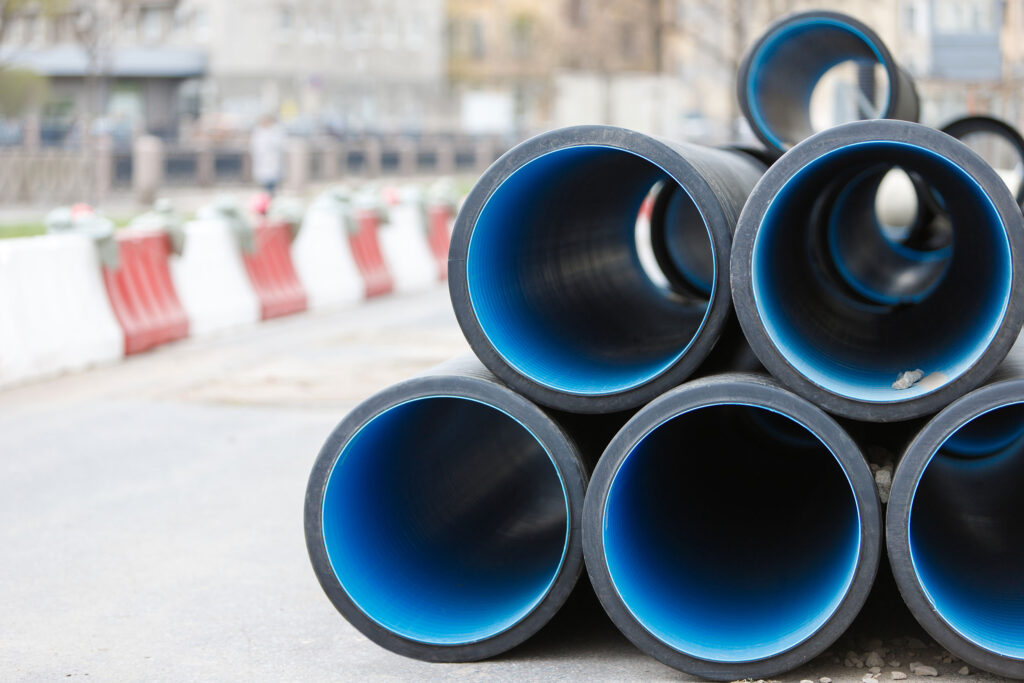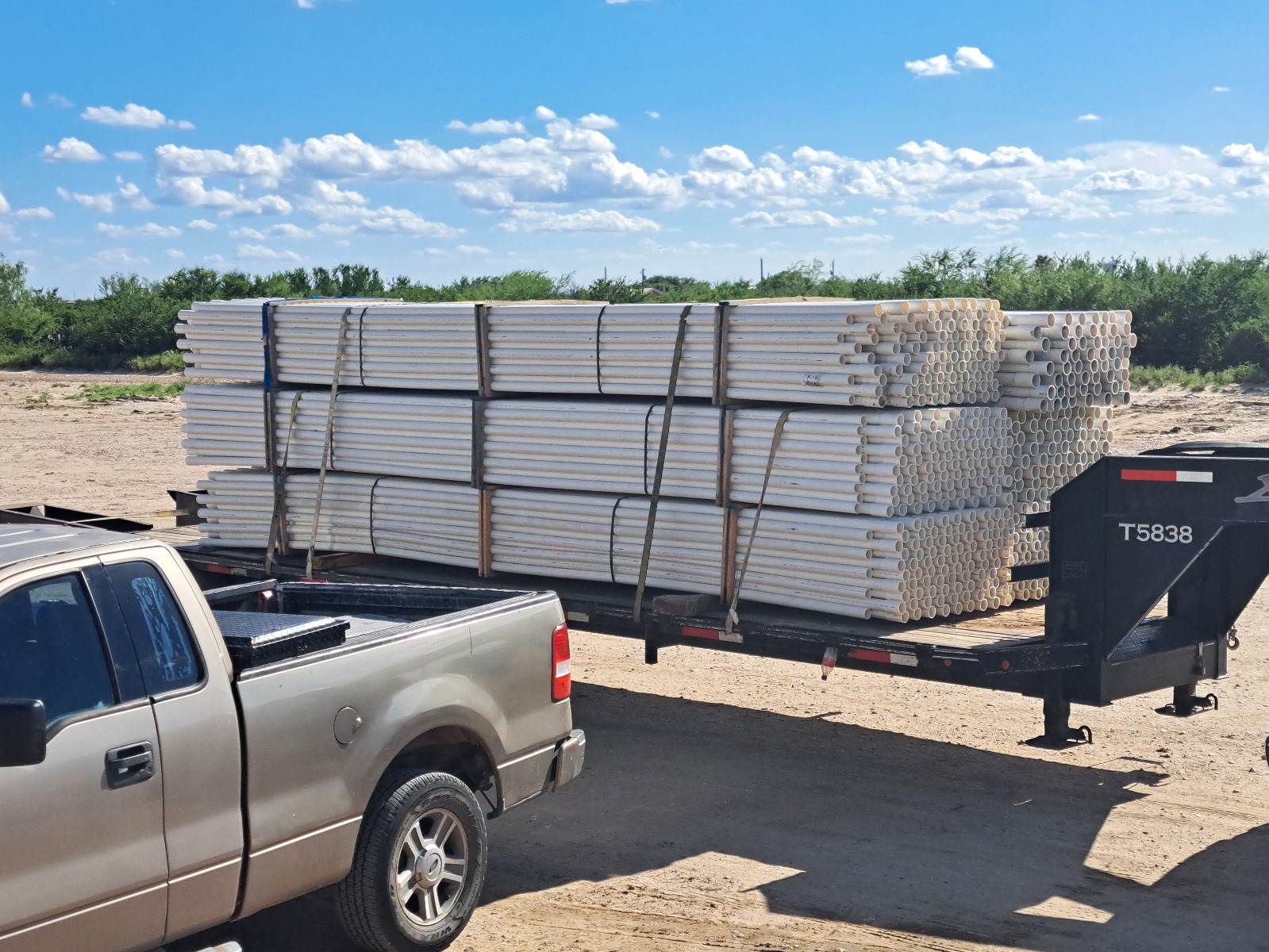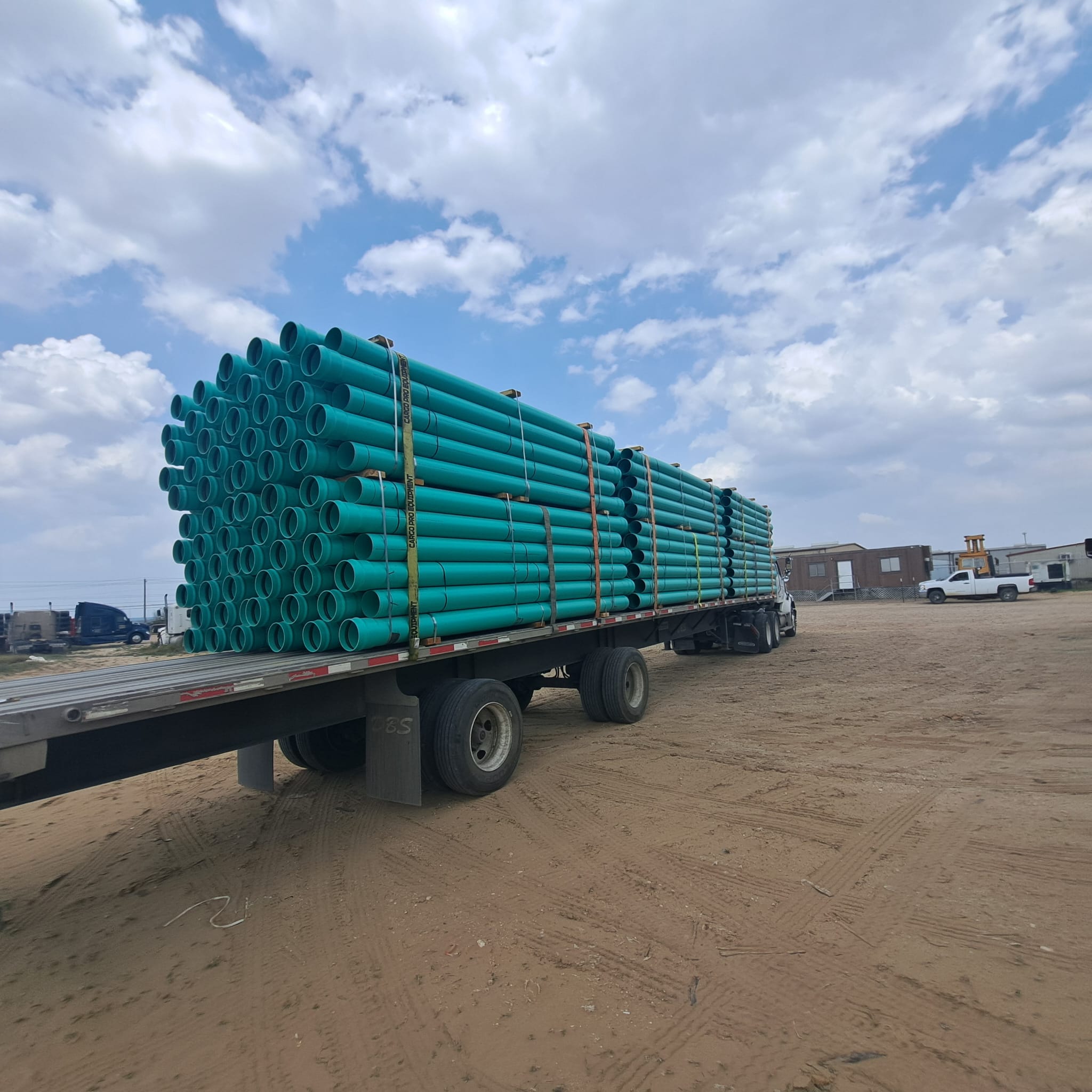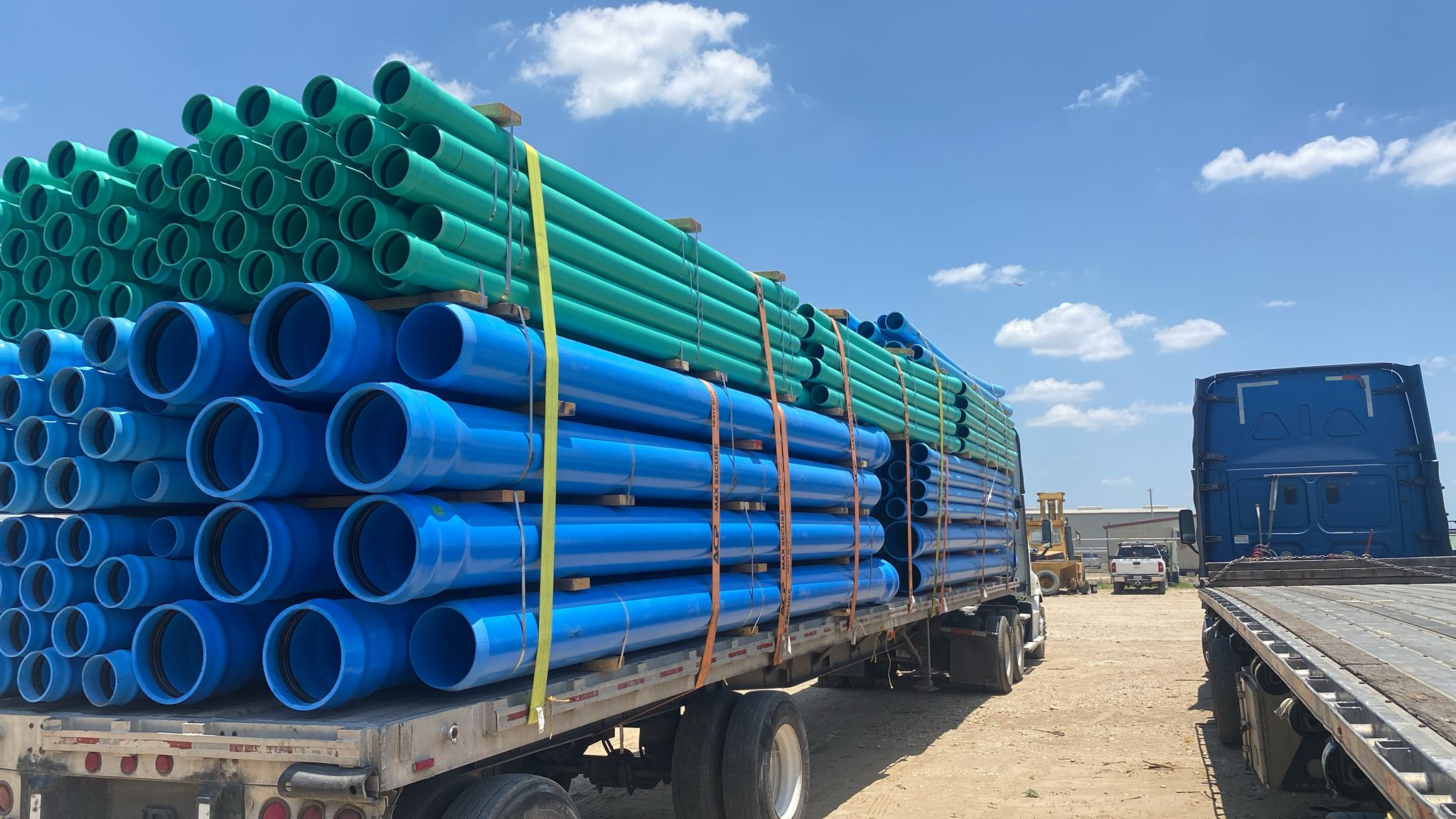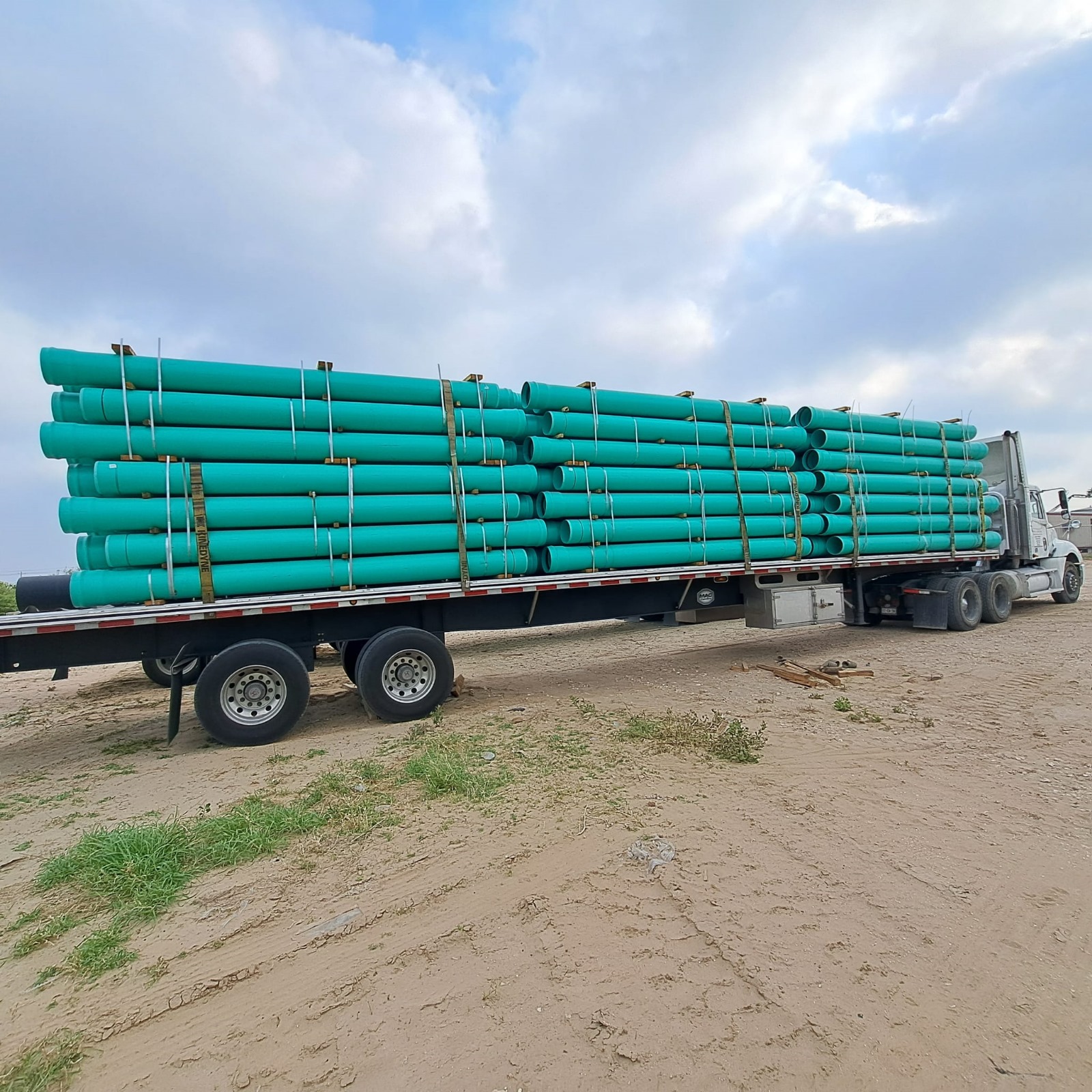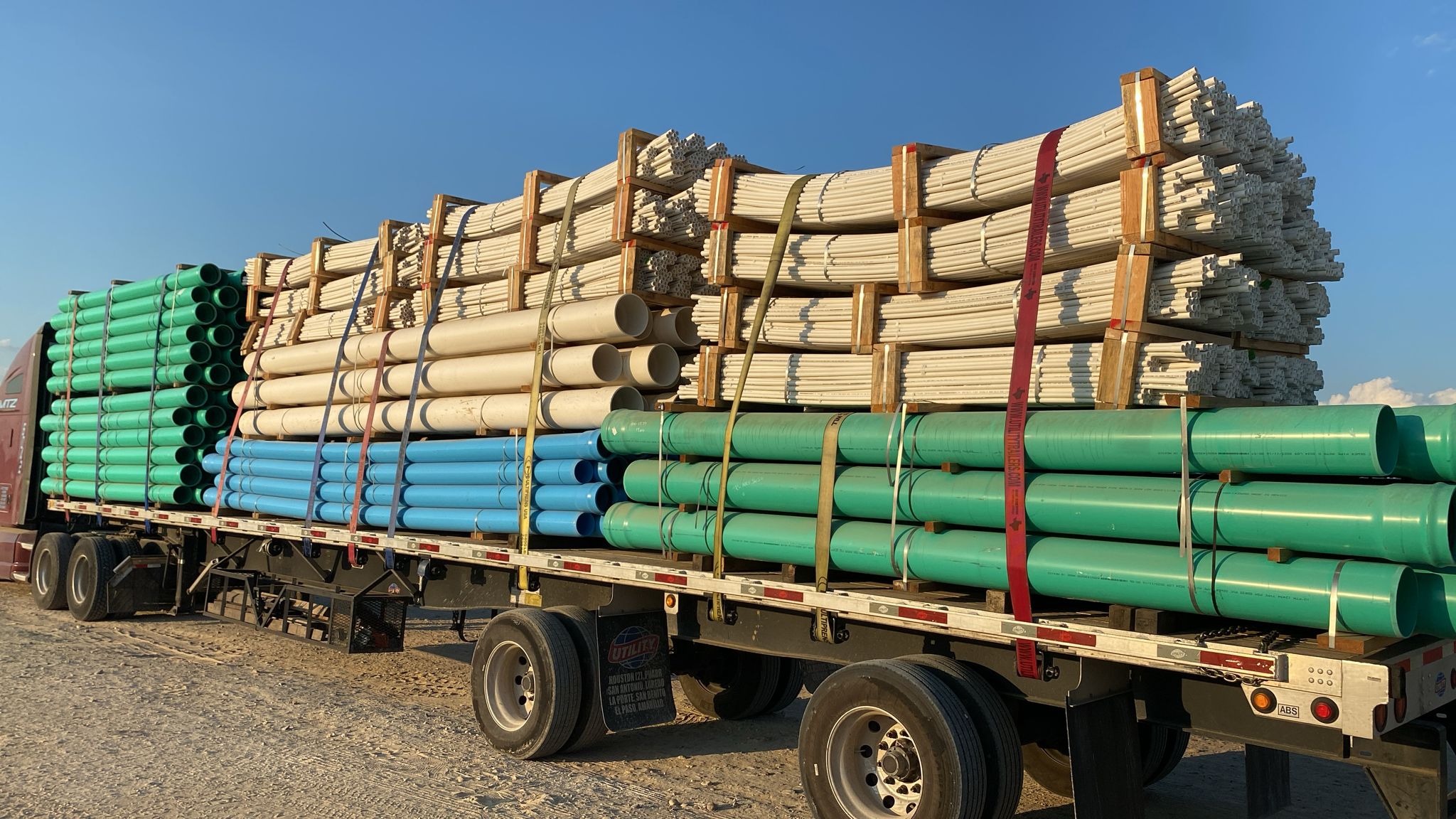Introduction: Your Project’s Success Starts With the Right Pipe
When it comes to underground infrastructure, irrigation, water supply, and industrial systems in Texas, the right pipe makes all the difference. But with so many material options—PVC, HDPE, CPVC, and others—it’s easy to feel overwhelmed.
At GP Distributors, we’ve supplied contractors, municipalities, and project managers across Texas with the right piping solutions for years. One of the most frequent questions we get is:
“What’s the difference between PVC and HDPE, and when should I use CPVC instead?”
This blog breaks it all down. Whether you’re managing a commercial irrigation project in West Texas, municipal water lines in Austin, or industrial systems near Houston, we’ll help you understand which pipe material will give you the best performance, longevity, and value.
1. Understanding the Basics: What Are PVC, HDPE, and CPVC?
Before choosing a pipe material, it helps to understand what each type is made of and where it shines.
🔵 PVC (Polyvinyl Chloride)
-
Rigid thermoplastic
-
Known for chemical resistance and affordability
-
Common in water supply, irrigation, and drainage
⚫ HDPE (High-Density Polyethylene)
-
Flexible thermoplastic
-
Heat-fused for seamless joints
-
Excellent for trenchless and high-pressure applications
🔶 CPVC (Chlorinated Polyvinyl Chloride)
-
Similar to PVC, but with added chlorine
-
Withstands higher temperatures
-
Often used in hot water and industrial chemical transport
2. Common Applications by Pipe Type in Texas
✅ PVC Pipe Use in Texas
-
Residential and commercial plumbing
-
Stormwater drainage systems
-
Municipal water systems (especially Schedule 40 & 80)
-
Agricultural irrigation
✅ HDPE Pipe Use in Texas
-
Horizontal directional drilling (HDD) projects
-
Natural gas and compressed air systems
-
Large-scale water distribution in rural zones
-
Oilfield water and wastewater applications
✅ CPVC Pipe Use in Texas
-
Industrial cooling systems
-
Chemical processing plants
-
Commercial boiler and HVAC lines
-
Residential hot water lines
Each material is engineered for specific pressure ratings, environmental conditions, and installation methods—which is why GP Distributors stocks all three.
3. Key Differences: PVC vs. HDPE vs. CPVC
Let’s compare them side-by-side in critical categories:
| Feature | PVC | HDPE | CPVC |
|---|---|---|---|
| Flexibility | Rigid | Flexible | Rigid |
| Temperature Resistance | Moderate | Moderate | High |
| Chemical Resistance | High | Very High | Very High |
| Joint Type | Solvent weld or gasket | Heat fusion | Solvent weld |
| Cost | Low | Moderate | Higher |
| UV Resistance | Moderate | Excellent | Moderate |
| Common Sizes | ½” to 24”+ | ¾” to 63” | ½” to 12” |
Conclusion:
-
Use PVC for standard water flow and cost-efficiency.
-
Use HDPE for flexibility, long runs, and outdoor conditions.
-
Use CPVC for high-temperature or corrosive applications.
4. How Texas Climate Affects Pipe Material Choices
Texas is known for its extremes—blistering summers, sudden freezes, expansive clay soils, and major storm events. Each of these factors impacts pipe performance.
🌞 Heat Resistance
PVC begins to soften around 140°F, while CPVC can handle up to 200°F. HDPE performs well in heat due to its flexibility but can expand under direct sunlight.
❄️ Freeze/Thaw Cycles
In regions like the Texas Panhandle or North Texas, freeze cycles can cause cracking in rigid pipe materials. HDPE’s flexibility makes it a great solution in these areas.
💧 Expansive Soils
Central Texas has clay soils that swell and contract. HDPE performs best in these situations due to its tolerance for ground movement.
☀️ UV Exposure
HDPE resists UV degradation naturally, while PVC and CPVC require protection or burying for long-term exposure.
5. Installation Considerations: Labor, Equipment & Environment
Choosing the right pipe isn’t just about the material—it’s also about how it’s installed.
✅ PVC
-
Easier for above-ground use
-
Glued or gasketed joints
-
Commonly used by plumbers and irrigation contractors
-
Lower cost, lighter to handle
✅ HDPE
-
Requires fusion welding
-
Best for long continuous runs (especially trenchless)
-
Fusion machines and trained personnel needed
-
Excellent for buried or underwater installs
✅ CPVC
-
Similar to PVC but requires solvent cement approved for high temps
-
Usually indoor or industrial use
-
Not ideal for flexible or shifting terrain
If you need help choosing pipe and fittings based on installation conditions, GP Distributors provides technical consultations across Texas.
6. Cost Comparison: Material and Long-Term ROI
While many project managers only look at upfront cost, total value includes lifespan, maintenance, and replacement risk.
| Material | Upfront Cost | Lifespan | Maintenance |
|---|---|---|---|
| PVC | Low | 50+ years | Low |
| HDPE | Medium | 75–100 years | Very Low |
| CPVC | High | 50–70 years | Medium |
In Texas, where infrastructure is often expected to last for generations, HDPE’s long-term ROI is unmatched—especially for municipalities and energy projects.
7. Industry Example: Irrigation in West Texas
A farming co-op in West Texas recently contacted GP Distributors about building a durable irrigation system for high-pressure water distribution across 1,200 acres.
We compared PVC and HDPE options:
-
PVC would cost less upfront but require more fittings and expansion joints.
-
HDPE offered seamless fusion joints, minimal maintenance, and better resistance to extreme temperature swings and sun exposure.
The client chose HDPE SDR 11 pipe and saw:
-
Reduced labor costs over time
-
Zero system leaks
-
Performance improvements even during drought conditions
8. Sizing and Pressure Ratings Explained
Choosing the right pipe diameter and schedule matters just as much as the material itself.
PVC
-
Common schedules: 40, 80
-
Higher schedule = thicker wall = higher pressure rating
HDPE
-
Rated using SDR (Standard Dimension Ratio)
-
Lower SDR = thicker wall = higher pressure resistance
CPVC
-
Often comes in Schedule 80
-
Suitable for pressures up to 400 psi (based on size)
GP Distributors can help you calculate pressure drop, flow rate, and SDR/Schedule requirements based on your system specs.
9. Fittings, Valves, and Accessories for Each Material
We don’t just sell pipe—we supply everything you need to complete your system, including:
-
PVC elbows, tees, bushings, flanges
-
HDPE fusion fittings and electrofusion couplings
-
CPVC unions, ball valves, and reducers
-
Transition fittings for connecting different pipe materials
-
Solvent cement, fusion tools, pipe clamps, and more
Having the right accessories on hand is key to avoiding costly downtime.
10. Why Texas Contractors Choose GP Distributors
With locations serving all of Texas—including Dallas, Houston, Austin, San Antonio, El Paso, and Lubbock—GP Distributors is the go-to source for:
-
Competitive pricing
-
Job-site delivery
-
Large inventory of pipe, fittings, and accessories
-
Material consultation and product support
-
Trusted brands and certified products
We’re not just a distributor—we’re a partner in your project’s success.
Conclusion: Choosing the Right Pipe Isn’t One-Size-Fits-All
Your choice between PVC, HDPE, and CPVC depends on several factors—application, temperature, ground conditions, cost, and installation method. There’s no single “best” material, but there is a best fit for your job.
At GP Distributors, we make that decision easier with expert guidance, fast shipping across Texas, and a full line of pipe products ready to go when you are.
Call to Action:
Need help choosing between PVC and HDPE for your Texas project? Contact GP Distributors today for expert support, fast delivery, and reliable service from people who know pipe.




